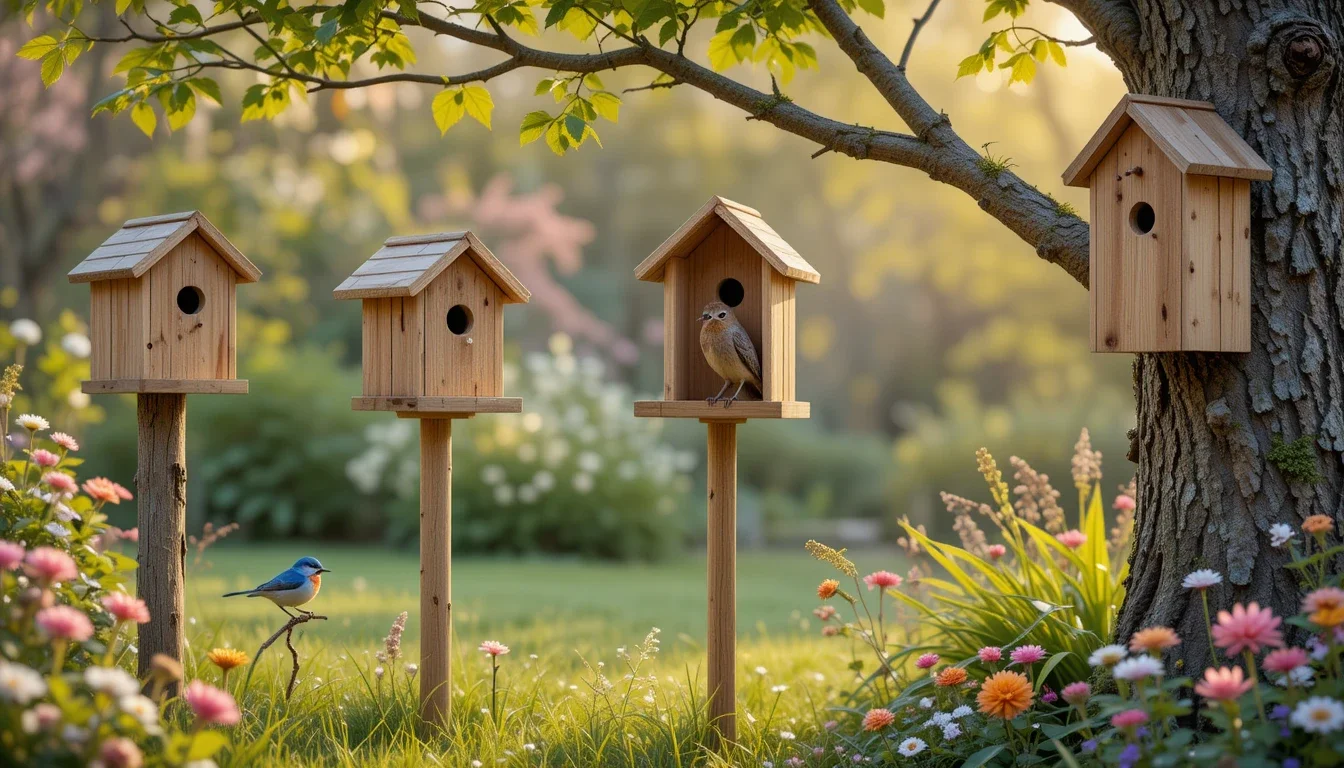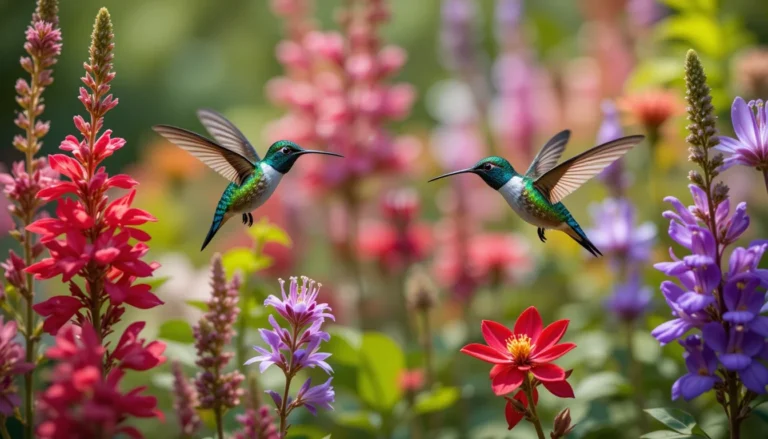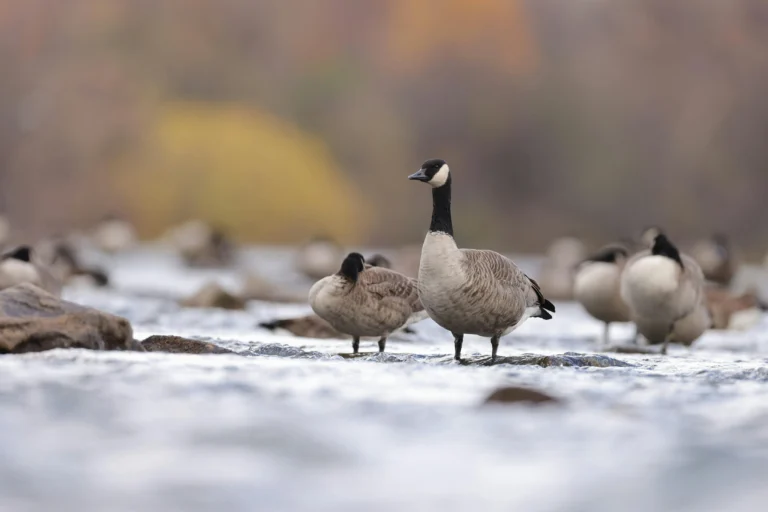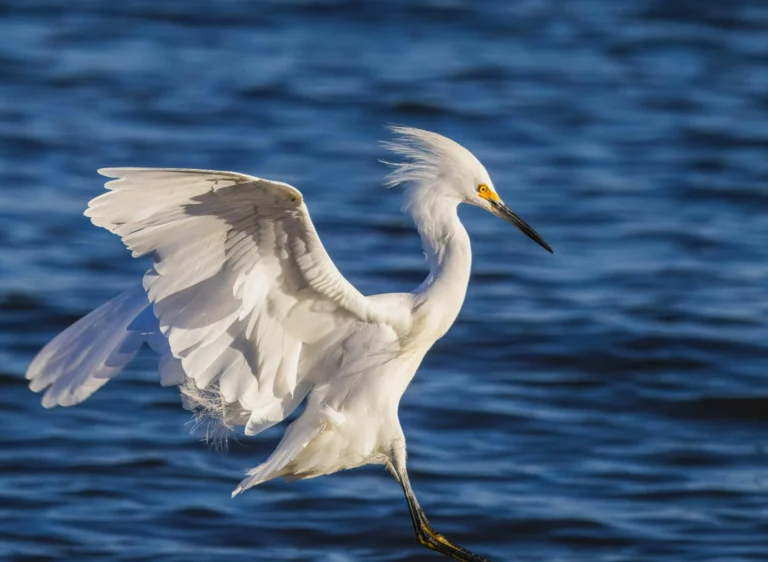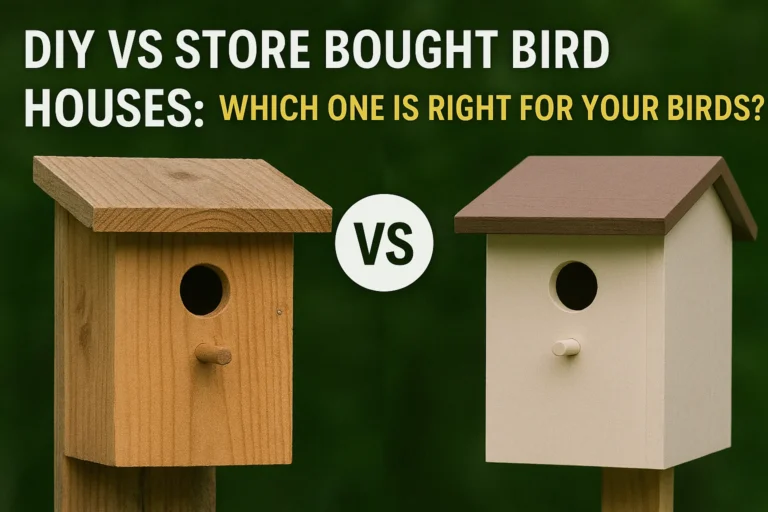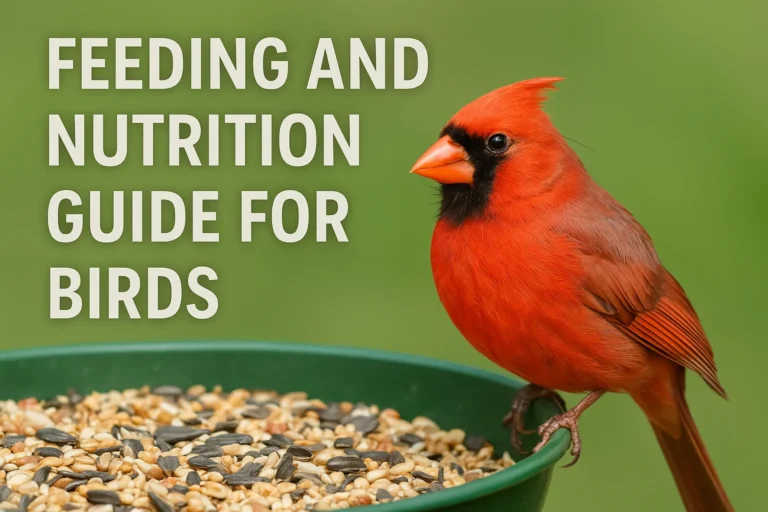Birds bring life, color, and pleasant sounds to backyards and gardens. Attracting species like sparrows, finches, wrens, and bluebirds doesn’t happen by chance. To welcome birds year after year, it’s important to create a safe and natural nesting environment. This includes offering bird-friendly shelters like nesting boxes that match their habitat preferences and breeding behaviors.
The placement and design of a bird nest box play a major role in its success. Factors such as box material, entry hole size, height from the ground, and sunlight exposure all impact whether birds will use the space. When installed correctly, nest boxes can support bird conservation efforts, increase local bird populations, and reduce the risk of predator attacks and harsh weather exposure.
The Hidden Importance of Bird Nest Boxes
Birds don’t choose nest sites randomly. They look for shelter, safety from predators, protection from harsh weather, and proximity to food sources. A well-designed bird nesting box mimics the natural cavities birds seek — especially in urban and suburban areas where such natural spots are rare.
A properly placed birdhouse can support the local ecosystem, reduce pests, and give endangered or migratory birds a safe place to raise their young. For humans, it brings joy, life, and a strong connection to nature.
Understanding Bird Nesting Preferences
Different birds prefer different nesting environments. Some birds build open nests in trees, while others look for enclosed cavities. That’s where bird nest boxes — also known as birdhouses or nesting boxes for birds — become essential.
Here’s how various birds prefer to nest:
- Bluebirds, Chickadees, Wrens: Prefer enclosed wooden birdhouses.
- Robins & Doves: Like open platform-style nests.
- Owls & Woodpeckers: Choose large cavity-style wooden boxes.
Each species has its own preferences in terms of entrance hole size, height above ground, and materials used.
Selecting the Right Type of Bird Nest Box
When choosing a bird nest box, avoid cheap plastic or painted models. Birds prefer wooden bird houses made from untreated wood, like cedar or pine. These allow the box to breathe, control moisture, and insulate better.
🟢 Features of a good bird nesting box:
- Sloped roof for rain protection
- Proper ventilation and drainage holes
- Easy access for seasonal cleaning
- No perches (which can invite predators)
Each box should match the bird’s natural nesting behavior. For example:
- Small hole (1 1/8″) for chickadees and wrens
- Medium hole (1 1/2″) for bluebirds and nuthatches
- Larger holes for woodpeckers or owls
Best Birdhouse Placement Tips
Location is everything. Even the best nest box won’t attract birds if it’s placed incorrectly.
✅ Best practices for placement:
- Face the entrance away from prevailing winds (usually east-facing)
- Mount 5–10 feet above the ground
- Keep away from busy human activity
- Ensure it’s shaded during the hottest parts of the day
- Mount securely to a post or tree (avoid hanging if possible)
Avoid placing boxes near feeders to reduce competition and disturbance.
Timing Is Crucial: When to Install Bird Nest Boxes
Birds start scouting nesting locations early — often before spring. For most regions in the USA, the ideal time to install bird nest boxes is late winter (January to March).
Early installation allows birds to explore the area, get comfortable, and start building nests as soon as the season starts. Many species return to the same spot each year — if they feel safe.
Maintaining and Cleaning Bird Nest Boxes
One of the most overlooked parts of bird nest care is seasonal cleaning. Dirty boxes can attract parasites, bacteria, and predators.
How to clean your bird nesting box:
- Wait until the birds have migrated or the nesting season is over.
- Open the side or roof panel.
- Remove old nesting material.
- Scrub with a mild bleach solution (1:9 bleach to water).
- Let it dry completely before closing.
Clean once a year, or between broods for species that raise multiple families.
Nesting Boxes as a Tool for Conservation
Beyond backyard enjoyment, bird nest boxes support conservation efforts. With deforestation, urbanization, and climate change, natural nesting sites are disappearing.
Species like Eastern Bluebirds and Purple Martins have made comebacks because of widespread nest box programs. By placing and maintaining birdhouses, you’re actively contributing to bird survival and biodiversity.
Watching Birds Nest
There’s something powerful about watching a bird build a nest, lay eggs, and raise chicks — all in a home you provided. It teaches patience, respect for life, and creates a bond with nature that screens can’t replicate.
Whether you’re a parent teaching your child, a retiree enjoying your garden, or someone just starting to explore wildlife — the emotional reward of providing a bird nest box is unmatched.
Bird Nest Box Designs That Actually Work
Forget decorative store-bought boxes. Focus on functional designs built for the bird’s safety and comfort.
Top Recommended Styles:
- Slanted Roof Boxes for water runoff
- Flat-Back Boxes for easy wall or pole mounting
- Deep Cavity Boxes to discourage predators
- Platform Boxes for robins and mourning doves
Always choose designs based on your region’s common bird species. Search “bird house near me” to find local recommendations and suppliers.
Find the Right Nest Box by Bird Type
Here’s a quick reference:
| Bird Species | Ideal Nest Box Type | Entrance Size | Mounting Height |
| Chickadee | Small wooden box | 1 1/8″ | 6–15 ft |
| Bluebird | Medium cavity box | 1 1/2″ | 4–6 ft |
| Wren | Small cozy box | 1″ | 6–10 ft |
| Screech Owl | Large cavity box | 3″ | 10–30 ft |
| Robin | Open-front platform box | Open | 6–15 ft |
FAQs About Bird Nest Boxes
A bird’s nest provides safety, warmth, and a secure place for eggs and chicks. Nest boxes mimic this natural behavior in human-made environments.
In Deuteronomy 22:6–7, the Bible teaches compassion toward birds — advising people not to take a mother bird with her young, showing early awareness of conservation.
Look at location, size, shape, and materials. Each species has unique nesting behavior. Apps like Merlin Bird ID can help.
Touching nests may lead to abandonment or attract predators due to your scent. Observe but don’t interfere.
In the U.S., most native bird nests, eggs, and feathers are protected by the Migratory Bird Treaty Act. Collecting them is illegal without a permit.
Final Thoughts
Bird nest boxes are more than decorative garden pieces—they are lifelines for many bird species. When placed and maintained correctly, they turn your yard into a safe nesting zone. Whether you’re hoping to spot a delicate Goldfinch nest or hear the chatter of new chicks, the right bird home makes it all possible.
So go ahead—choose the perfect nest box, place it wisely, and enjoy the wonders of nature just outside your window.

